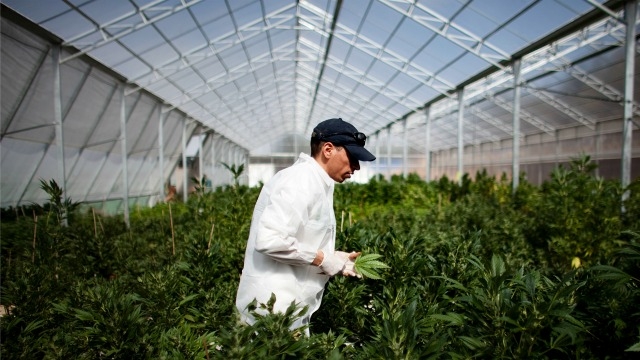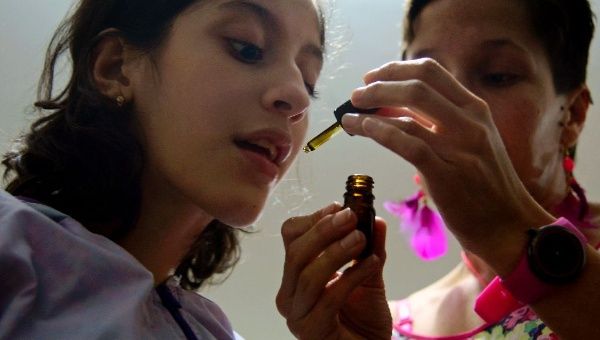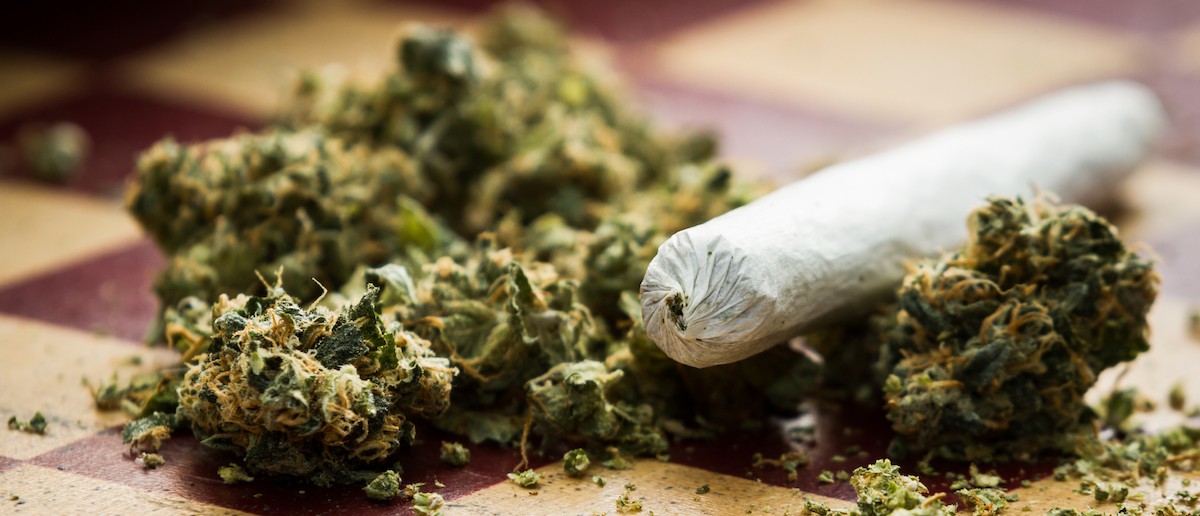As the economy rebounds and jobs become more plentiful, local employers continue to complain that they can’t find workers to fill open positions, largely because they can’t find enough workers who can pass a drug test.
It’s a national epidemic based on new data from Quest Diagnostics, which found the percentage of American workers testing positive for illicit drugs such as marijuana, cocaine and methamphetamines increased for the second year in a row in 2014, following the first increase in more than a decade in 2013.
“American workers are increasingly testing positive for workforce drug use across almost all workforce categories,” said Dr. Barry Sample with Quest Diagnostics Employer Solutions. “These findings are especially concerning because they suggest that the recent focus on illicit marijuana use may be too narrow, and that other dangerous drugs are potentially making a comeback.”
After a decades-long decline, the rise of illicit drug use among U.S. workers is once again becoming a drag on employment by shrinking the pool of viable candidates.
And the Ohio Legislature’s recent approval of legislation that would legalize marijuana use for medical purposes under certain circumstances threatens to exacerbate the problem, although at least one local employer sees legalizing marijuana as an unavoidable risk.
“Whether you support medical marijuana or not, I believe there is an inevitability that it will be in Ohio at some point,” said Ross McGregor, executive vice president of Pentaflex Inc. in Springfield and a former state representative.
“I think the legislature has done the right thing in taking this up so that it can be done in a thoughtful way, and more people can be engaged in the conversation. I would much rather have the legislature take up this issue than have it force upon us as a ballot issue.”
The movement toward legalized marijuana in Ohio has led some local employers to consider pre-employment drug testing for the first time.
“We’re considering doing it now because of some of the things that are happening, but in the past it was just never done,” said Jim Zahora, president of Noble Tool Corp. in Dayton. “It might not be extensive drug testing, just more general screening. But I think we’re heading towards that, unfortunately.”
Zahora lamented the prospect of absorbing the added cost of testing in an already competitive landscape for manufacturers in the local area.
“Drug testing will add cost to the hiring process, and that’s certainly something we don’t look forward to,” he said.
While testing may be necessary, it doesn’t necessarily solve the problem.
The labor market is so tight that some companies have been forced to try to accommodate talented workers with substance abuse problems who fail drug tests.
Rick Little, president of manufacturer Starwin Industries in Kettering, said skilled tradesmen are just too hard to come by to dismiss on the basis of a failed drug test without giving them a second chance.
“We had a new hire that came in an tested positive for marijuana, but we chose to give him the opportunity to stay by letting him prove that he could get clean,” according to Little, who said the employee passed a second drug test about a month later.
“If it was an entry-level position, then we probably would have found somebody else. But this guy had some skills, so we decided it would be worth the cost and the effort to try to get him off of it.”
Little said the company has made allowances for a handful of skilled workers struggling with alcohol and substance abuse over the years. But it doesn’t always work out.
“We had a guy who was doing something once at the shop, and we said, look, take a week off with no pay and come back and then we’ll see how it goes. He did OK for awhile but ended up having to leave because we couldn’t tolerate what he was doing,” according to Little, who said the employee was sniffing paint solvents while on the job to get high.
The lengths to which some employers will go to keep quality workers underscores just how tight the labor market is, but drug testing should remain a necessary condition of employment, especially in industries such as trucking, delivery and manufacturing, where impaired workers pose risks to themselves and others around them, according to McGregor.
“If you have a drug-free workplace policy and conduct drug screening, then you’re just going to have a smaller pool of people to work with,” McGregor said. “But given the nature of what we’re doing, and the size of the equipment that’s being operated…we just can’t have anyone out there under any impairment.”
While the number of failed drug tests at Pentaflex has remained about the same at less than 10 percent of all applicants, McGregor said, many qualified workers simply don’t bother to apply because they aware of the company’s tough screening processes, including random drug testing after an initial pre-employment screening.
“We make it clear from the beginning that you’ll be required to pass a drug test, and that applies to all new hires from senior management down to direct labor,” McGregor said. “There is a cost associated with our drug testing, but it’s nothing compared to the cost of someone being hurt in the workplace or causing damage to the machinery.”
To defer some of the cost, McGregor and others use staffing agencies to hire entry level laborers and other workers who have already been tested for illicit drugs.
But the staffing firms face the same dilemma as their clients.
“Most people know that we do testing, and they know the testing works, so if they’ve got a problem, they’re not going to come knocking on our door,” said Tom Maher, president of Manpower of Dayton Inc.
Positive drug tests increase
An
analysis of the Quest Diagnostics Drug Testing Index showed steady
increases in positive tests for illicit drugs among U.S. workers from
2013 to 2014. By drug:
• Marijuana continues to be the most commonly detected illicit drug, according to Quest. Positive marijuana tests in the general U.S. workforce increased 14.3 percent from 2013-2014.
• Positive results for cocaine in urine tests increased by 9.1 percent between 2013 and 2014. Urine drug tests account for the vast majority of cocaine drug tests.
•Positive tests for 6-acetylmorphine, or 6-AM, a specific marker for heroin, doubled in the general U.S. workforce between 2011 and 2014. The change from 2013 to 2014 was not readily available.
• Urine drug tests showed a 7.2 percent year-over-year increase in amphetamine use in 2014 compared to 2013, and the positivity rate for amphetamines is now at its highest levels on record.
• Methamphetamine detected in urine drug tests increased 21.4 percent, and the positivity rate for methamphetamine is at its highest level since 2007.
• Overall, the positivity rate for approximately 6.6 million urine drug tests in the general U.S. workforce increased by 9.3 percent in 2014 compared to 2013 — the first year since 2003 in which the overall positivity rate for urine drug tests increased in the general U.S. workforce.
• Marijuana continues to be the most commonly detected illicit drug, according to Quest. Positive marijuana tests in the general U.S. workforce increased 14.3 percent from 2013-2014.
• Positive results for cocaine in urine tests increased by 9.1 percent between 2013 and 2014. Urine drug tests account for the vast majority of cocaine drug tests.
•Positive tests for 6-acetylmorphine, or 6-AM, a specific marker for heroin, doubled in the general U.S. workforce between 2011 and 2014. The change from 2013 to 2014 was not readily available.
• Urine drug tests showed a 7.2 percent year-over-year increase in amphetamine use in 2014 compared to 2013, and the positivity rate for amphetamines is now at its highest levels on record.
• Methamphetamine detected in urine drug tests increased 21.4 percent, and the positivity rate for methamphetamine is at its highest level since 2007.
• Overall, the positivity rate for approximately 6.6 million urine drug tests in the general U.S. workforce increased by 9.3 percent in 2014 compared to 2013 — the first year since 2003 in which the overall positivity rate for urine drug tests increased in the general U.S. workforce.











